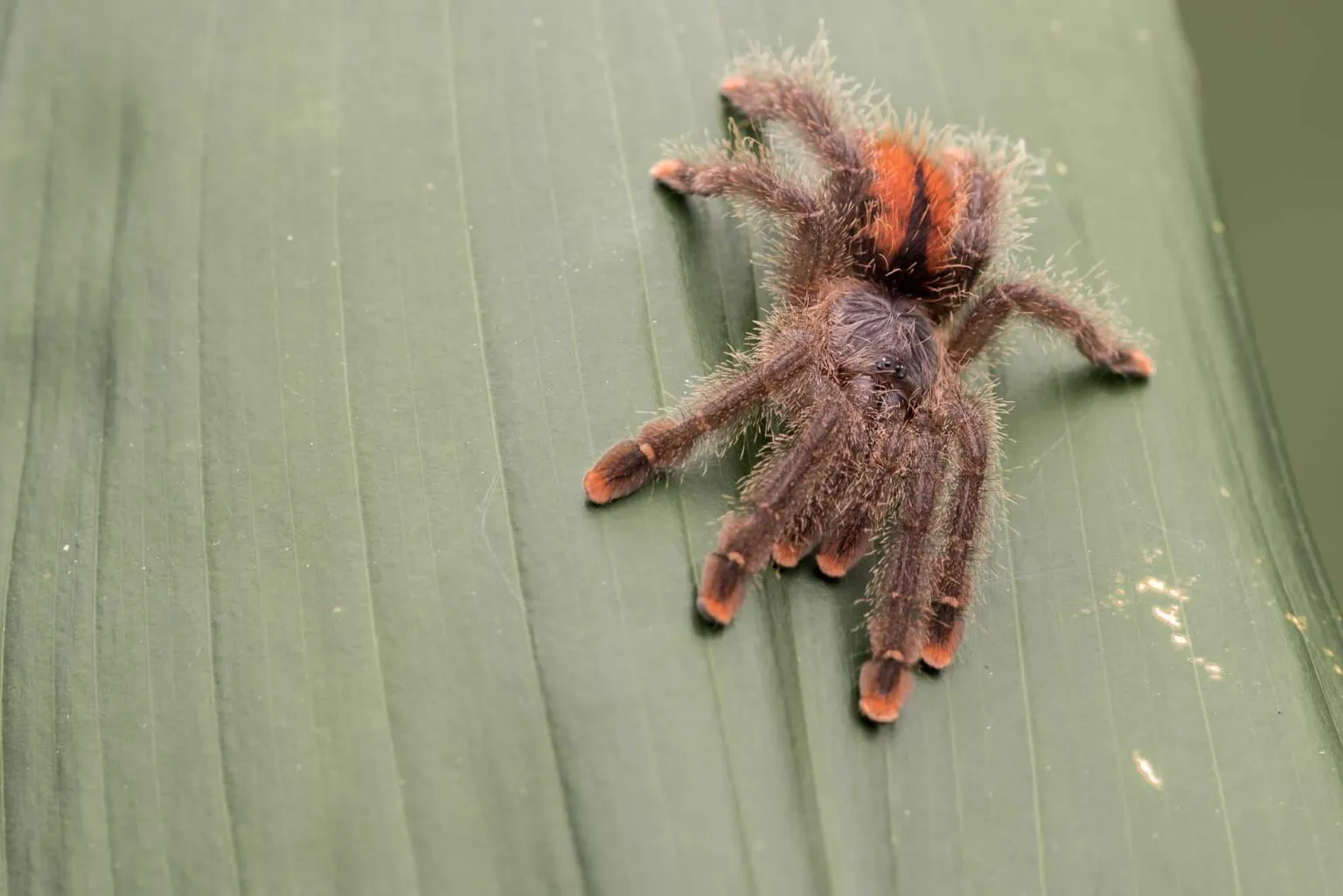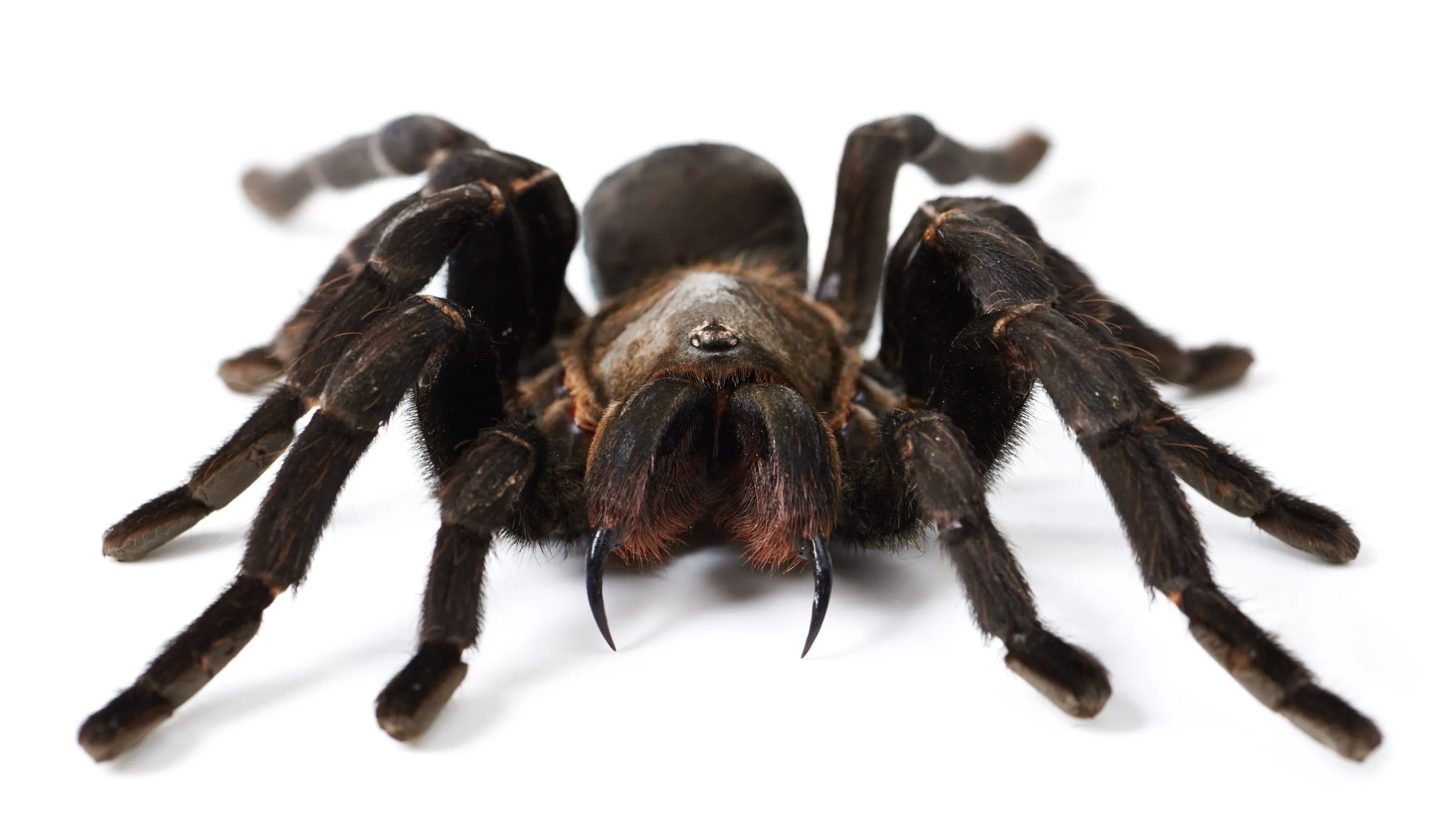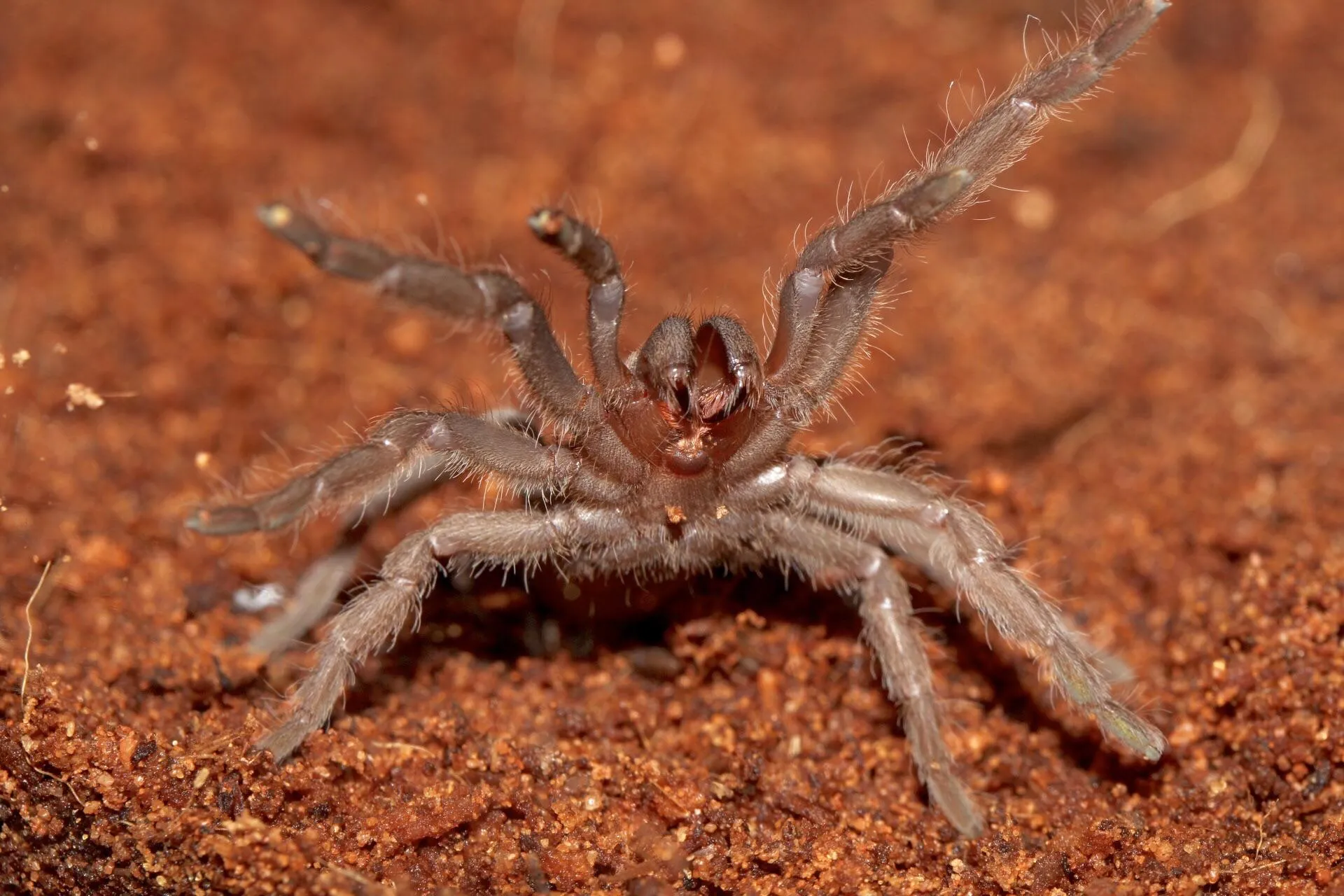What are Tarantula Spiders?
Tarantulas are large, hairy spiders belonging to the Theraphosidae family. They are known for their size, impressive appearance, and relatively docile nature, which makes them popular pets. Tarantulas are found in various habitats, primarily in tropical and subtropical regions worldwide. They differ from other spiders in several ways, including their size, which can range from less than an inch to over 10 inches in leg span. These spiders are generally nocturnal hunters and are equipped with fangs that they use to inject venom into their prey. Their bodies are covered in hairs, some of which are urticating hairs used for defense. Understanding these basic characteristics is key to appreciating these fascinating creatures.
Habitat and Distribution of Tarantulas
Tarantulas thrive in diverse environments, spanning from rainforests to deserts. Their distribution is widespread, with species found across the Americas, Africa, Asia, and Australia. Rainforests provide a rich habitat, with ample humidity, a constant food supply, and a variety of places to hide. In these areas, they often dwell in burrows, under rocks, or within the dense vegetation. Desert tarantulas, on the other hand, are adapted to harsh conditions, constructing burrows to regulate temperature and conserve moisture. Their ability to adapt to such varied climates makes them incredibly successful. The specific distribution of a tarantula species depends on factors such as climate, the availability of prey, and the presence of suitable shelter. Understanding the habitat requirements is vital for their conservation and well-being.
What do Tarantula Spiders Eat?

Tarantulas are primarily carnivorous predators, with their diet consisting mainly of insects, other invertebrates, and occasionally small vertebrates. Their food choices vary based on their size and the availability of prey in their environment. Common prey items include crickets, mealworms, cockroaches, and other spiders. Larger tarantulas may also consume small lizards, frogs, and even mice. They ambush their prey, injecting venom to paralyze and begin the digestive process. The tarantula uses its chelicerae (fangs) to tear the prey apart and feed on the liquefied remains. Feeding habits can change throughout a tarantula’s life cycle, with younger spiders requiring smaller, more frequent meals. The type of prey also influences the spider’s nutritional needs and growth rate. Their efficient predatory style makes them a crucial part of their ecosystems, controlling populations of insects and small animals.
How big do Tarantula Spiders get?
Tarantulas display a wide range in size, making it one of the most captivating aspects of these spiders. Size is typically measured by leg span, which is the distance from the tip of one leg to the tip of the opposite leg on the same side of the body. Some species, like the Goliath Birdeater, can have a leg span exceeding 10 inches, making them the largest spiders in the world. Other species remain considerably smaller, with leg spans of under an inch. The size of a tarantula is influenced by factors such as genetics, diet, and environmental conditions. Growth occurs through molting, where the spider sheds its exoskeleton to accommodate its increasing size. The larger the species, the more spectacular and sometimes frightening. These spiders typically become more impressive as they mature. Overall, tarantula sizes show an incredibly impressive display of the natural world.
Tarantula Spiders Lifespan
The lifespan of a tarantula varies significantly depending on the species and sex. Female tarantulas typically live much longer than males. Females can live for up to 20–30 years or even longer in some cases. Males, however, have a much shorter lifespan, often only surviving for a few years after reaching maturity. The shorter lifespan of males is largely due to the rigors of mating, as they often die soon after. Several factors influence a tarantula’s lifespan, including the availability of food, environmental conditions, and overall health. The longevity of female tarantulas makes them a long-term commitment for pet owners. The extended lifespans contribute to the tarantula’s unique place within the animal kingdom.
How Tarantula Spiders defend themselves?

Tarantulas have several unique defense mechanisms to protect themselves from predators. One of the most notable is the use of urticating hairs, which are fine, barbed hairs located on their abdomen. When threatened, the tarantula flicks these hairs towards its attacker, causing irritation and discomfort. The hairs can penetrate the skin and eyes, acting as a strong deterrent. In addition to urticating hairs, tarantulas will also bite as a defense mechanism, injecting venom. While their venom is generally not lethal to humans, it can cause pain, swelling, and other localized symptoms. Some tarantulas also possess a threat posture, raising their front legs, showing their fangs, and hissing to warn off potential threats. The use of these defense strategies depends on the species and the nature of the threat.
Tarantula Spiders Venom and Bites
Tarantulas are venomous spiders, but their venom is not usually lethal to humans. The effects of a tarantula bite can vary depending on the species, the amount of venom injected, and the individual’s sensitivity. Common symptoms include pain, swelling, redness, and itching at the bite site. Some people may experience more severe reactions, such as muscle cramps, nausea, or headache. It is essential to seek medical attention if you experience severe symptoms or if you are concerned about a bite. It’s also crucial to note that tarantulas are more likely to use other defensive methods, like urticating hairs, rather than biting. However, it’s best to be cautious when handling these creatures and avoid provoking them. Proper care can help mitigate these risks.
Tarantula Spiders Colors and Patterns
Tarantulas exhibit a remarkable variety of colors and patterns, enhancing their aesthetic appeal and providing camouflage. Their coloration ranges from shades of brown, black, and gray to vibrant blues, oranges, and reds. Some species display intricate patterns, such as stripes, spots, or bands on their legs and bodies. The specific colors and patterns of a tarantula often depend on its species, habitat, and the presence of any camouflage needs. The unique colors aid in camouflage and also may serve as a warning sign. This extraordinary diversity highlights the evolutionary adaptations of tarantulas and adds to their allure. The vivid colors make them favorites in the exotic pet world.
Tarantula Spiders as Pets

Tarantulas are popular pets for people worldwide. Their relatively docile nature, unique appearance, and the ease of care make them attractive to many. However, owning a tarantula requires careful consideration and preparation. It’s essential to research the specific species, understand their needs, and provide an appropriate habitat. A suitable enclosure should include proper substrate, temperature, humidity, and hiding places. Tarantulas have specific dietary needs, which primarily consists of insects. Handling should be kept to a minimum to avoid stressing the spider. Responsible pet ownership requires regular care, a safe environment, and an understanding of the spider’s behavior. Proper pet ownership can be a rewarding experience.
Conservation Status of Tarantula Spiders
The conservation status of tarantula spiders varies depending on the species and their native habitat. Some species are thriving in their natural environments, while others face threats such as habitat loss, illegal collection for the pet trade, and climate change. Several tarantula species are considered vulnerable, endangered, or critically endangered. Conservation efforts include habitat protection, captive breeding programs, and regulations on the trade of tarantulas. Raising awareness about these spiders’ importance and promoting responsible pet ownership can help protect them. The preservation of tarantulas is vital for maintaining biodiversity and the health of the ecosystems they inhabit. Protecting tarantulas starts with an understanding of their ecological value and the threats they face.
